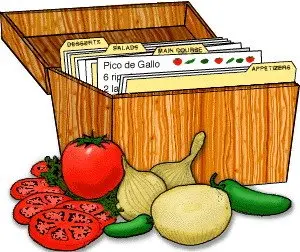A few tips
- Start by reading the recipe all the way through: look at the list of ingredients, cooking times, utensils.
- Look for any chef's terms: if you find one, jot down an explanation nearby (post-it).
- Don't be taken in by the photo: it will have been taken by a professional who shoots another professional's work in a studio, it's retouched and sometime fake (what you see is often inedible). You just can't achieve the same result, especially the first time. Consider it as a "serving suggestion".
- For your first attempt, follow the recipe (as far as possible): Don't swap one ingredient for another, don't reduce or increase time or volume/weights. You can start to personalise the recipe from the second time, when you have started to get a feel for it.
- This is particularly true for patisserie (cake and pastry baking), which is an exact science. I mean that in a lot of cooking you can usually adapt recipes easily to your taste (a bit more of this, less of that), but for cakes and pastries you should be precise and meticulous. A tart pastry for example needs x grams butter, x grams flour, etc. If you try to modify those proportions you're gonna make glue or concrete.
- Never try a recipe for the first time when you have guests. In the event of a major flop, how do you tell your guests? It's best to try the recipe at a family meal, especially with kids, they are sure to tell you if it's good or not.
A well explained recipe
I think that a good recipe needs to be fairly long. Not to do, but to read, because the more details and tips there are, the easier it will be to achieve good results. That's what I'm trying to do on these pages, following these simple rules:- Each recipe has a brief introduction, a list of ingredients and then follow the different steps
- Each step is separate from the previous one, and illustrated with a photo
- When I quote an ingredient, I always add its volume or weight ("add 120 g sugar" instead of "add sugar").





